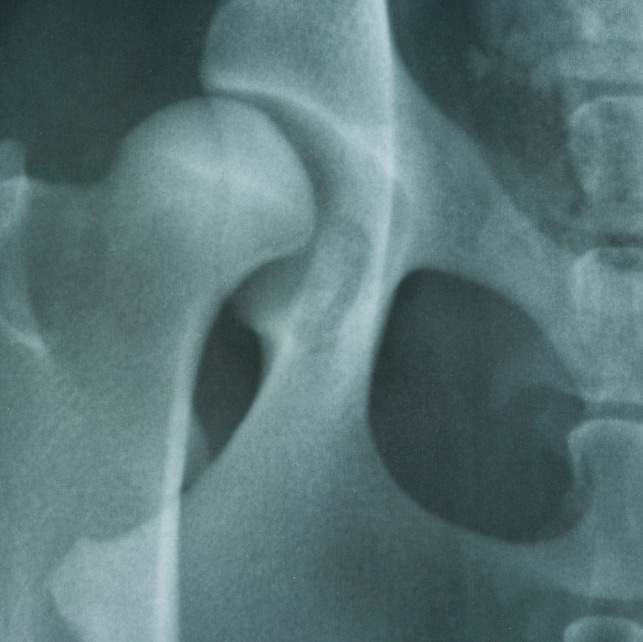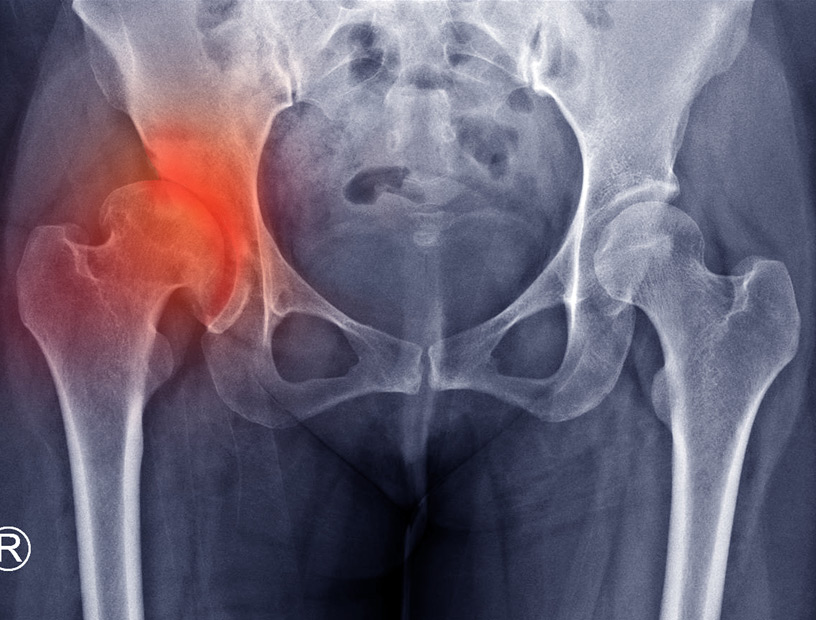
Let the specialists at Orange County Orthopedic Clinic help you with dysplasia symptoms.
Dysplasia refers to an abnormal growth or development in the epithelial cells of a body part. It commonly occurs on the hips, and involves a delay in the process of cell maturity. Dysplasia of the hips may also refer to a condition in which the pelvic bones do not completely overlap the head of the femur, resulting in a hip joint that is partially to completely dislocated.
- Hip dysplasia of this nature is a common condition in babies at birth.
- Congenital dysplasia is not always recognized right away, but most pediatricians screen for it during well-child checkups by rotating a baby’s thighs in a circular motion
Causes
Hip dysplasia often happens during pregnancy or at birth. If the ball of the femur is not seated well in the hip socket, the socket will not fully form. In the ninth month of pregnancy, the space in the uterus may become too small for the ball and socket joint of the hip to fit together well. This most frequently happens during a woman’s first pregnancy, when the baby is large in size compared to the mother or if the baby is in a breech presentation. Hip dysplasia often runs in families and is more common in girls than boys.

Symptoms
The symptoms of hip dysplasia vary by age. In a baby, you might notice that one leg is longer. At diaper change time, one hip might be less flexible than the other hip. By the time the child begins to walk, he or she might have a limp.
As a person grows, hip dysplasia can lead to osteoarthritis and labral tears, which cause intense groin pain with physical activity. Some people experience joint instability and difficulty bearing weight on the affected side. This makes it difficult to walk, and you may start limping.
Treatments
The treatment options for hip dysplasia depend on how old the affected person is. Babies may be given a soft brace or harness to hold their femur into the hip socket. This helps the bones fit together better. Once a baby is older than six months, doctors may need to surgically move the bones into position and then fit the baby with a full body cast for several months.
In some infants and in nearly all older children, teenagers and adults, surgery is needed to treat hip dysplasia. An arthroscopic surgery allows doctors to make several small incisions, which shortens the recovery time and minimizes discomfort. The surgery may reshape the hip socket or ball of the femur bone. Some patients may need a periacetabular osteotomy. This involves freeing the hip socket and re-positioning it.
If your hip has had considerable damage or is severely arthritic, you might need a hip replacement. This involves placing an artificial hip joint at the pelvis and head of the femur. Physical therapy after surgery will help you to regain your flexibility and your range of motion in the hip joint.

on caring for specific orthopedic needs.
